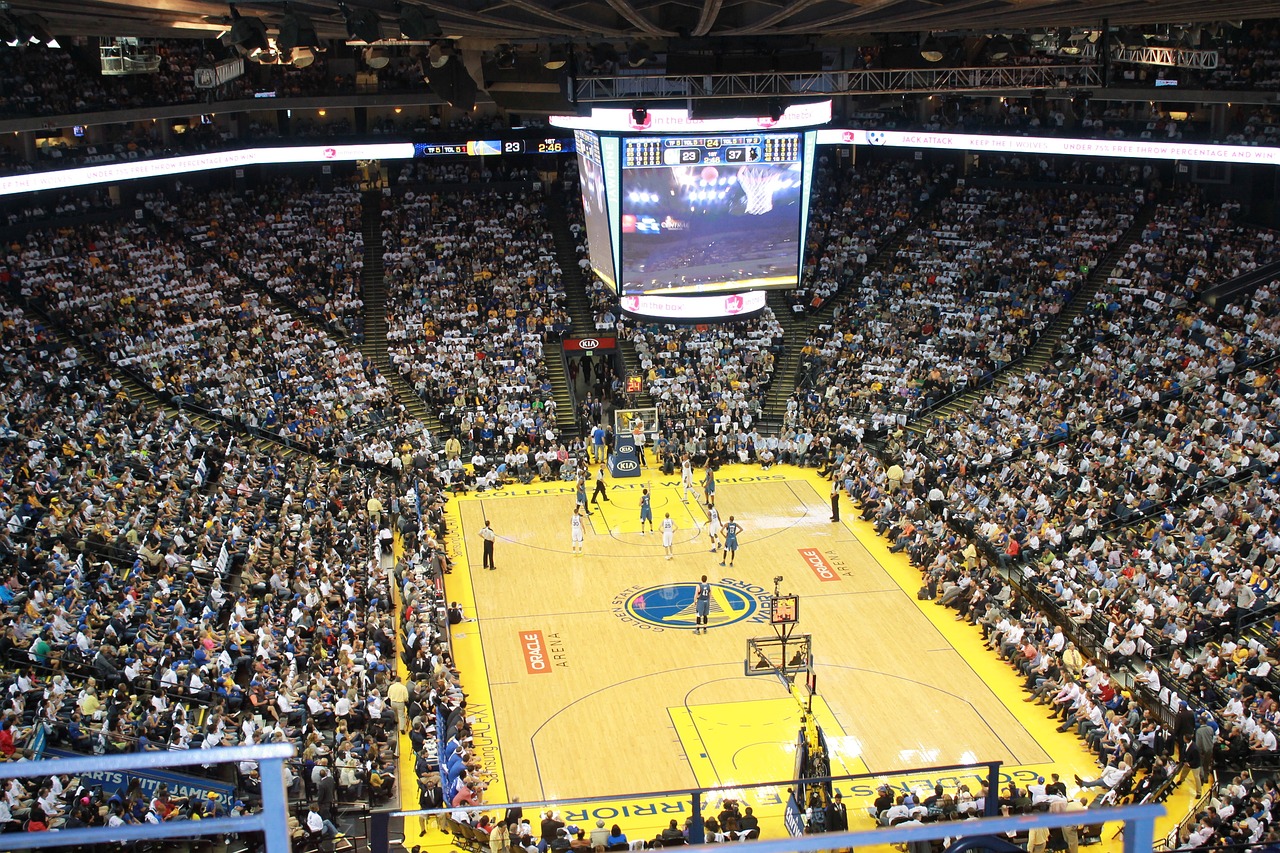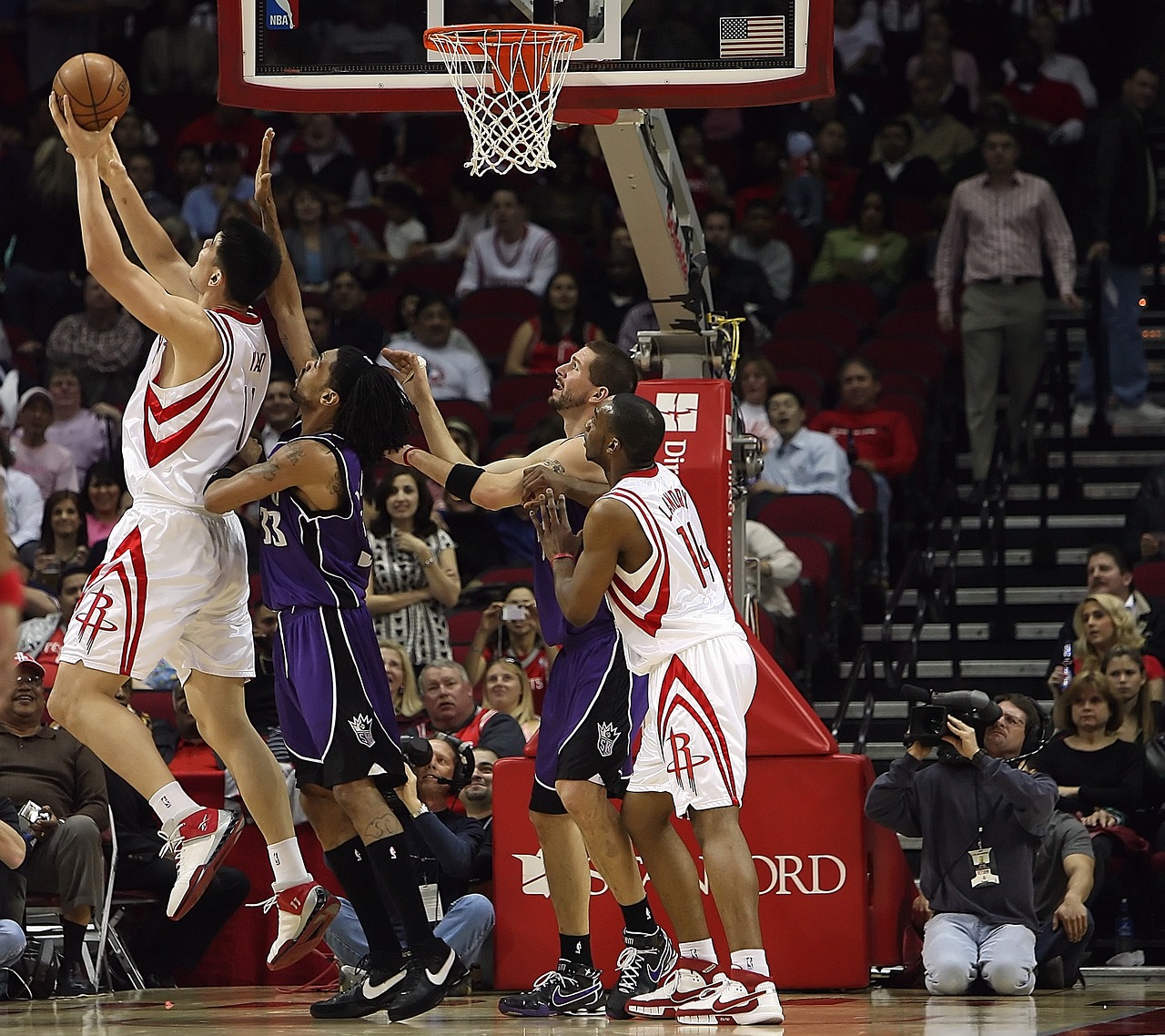It goes without saying basketball is not only a game of skill, speed, and the best dunking action; rather, it is quite more of a financial game.
From salary caps to big-name pushes, it is not only the plays on the court that are sophisticated but also the financial elements of the game.
These economic systems form the dynamics of the teams, the scope of every player’s career, and the anticipation of the audience every season.
What are salary caps? How do they work? Why are those transfers so important?
Let’s take an interest in the business of basketball and see how it works.
What Are Salary Caps?
Lethargy is the main currency of the business, which is the fundamental core of basketball. Basketball activities are the total number of money. In men’s professional leagues like the NBA, the capacity is set each year based on the league’s earnings, meaning that spending limits are still in place.
The cap significantly reduces the likelihood of the best players being poached by more wealthy franchises.
It helps to make the game remain as exciting and unpredictable. And, by the way, if you want to bet on these wonderful games, visit the MelBet official website.
This is the best bookmaker that has been serving millions of users from all over the world for more than 10 years. There is everything you need for betting: the best odds, hundreds of events, bonuses, limits, etc.
But let’s return to salary limits because there are more of them. A soft cap has certain exceptions, which can be compared to the mid-level exception in the NBA, such as a hard cap, which is absolute in nature.
There are measures such as luxury taxes that act as penalties, which discourage teams from going over the cap.
The system maintains equilibrium within the league and encourages teams to plan carefully how they would assemble the teams within the set budget.
It is a game of wits and skill, but not in the traditional sense. It is money management, but rather on a colossal scale.
Salary caps are financial regulations designed to limit the amount teams can spend on player salaries, ensuring competitive balance within professional sports leagues. In basketball, particularly in leagues like the NBA, salary caps are integral to the sport’s structure and strategy.
The cap is recalibrated annually, reflecting the league’s overall earnings, which aligns team spending with the financial health of the league.
There are different types of caps, such as the soft cap, which allows for certain exceptions like the mid-level exception. This flexibility enables teams to exceed the cap within specific conditions.
On the other hand, the hard cap imposes a strict spending limit with no exceptions, ensuring stricter financial discipline. Teams exceeding the cap may face penalties such as luxury taxes, which act as financial disincentives to overspending.
These measures promote parity, compelling teams to strategically allocate resources while assembling competitive rosters.
For basketball fans who enjoy adding an extra layer of excitement to the games, betting platforms like MelBet Facebook provide a top-notch experience.
With more than a decade of expertise, MelBet offers exceptional odds, a vast selection of events, attractive bonuses, and user-friendly limits, making it a trusted choice for sports enthusiasts around the globe.

Why Salary Caps Make Sense
Salary caps are much more than a figure on a document. They are an intrinsic part of basketball competition. And for these reasons, they are very important:
- Encouraging equilibrium – Preventing a few wealthy teams from monopolizing the league.
- Stimulating planning – Complications in contracts and budgets encourage strategic systems.
- Defending market size – Helping even less affluent franchises remain competitive.
- More efficient player assets positioning – Spreading talent across teams.
- Financial discipline – Avoiding cost overruns.
Such caps are the bedrock of very entertaining as well as fair competition whereby every team has the opportunity to succeed.
Player Transfer System
The player transfer system is gory. The market brings in regular excitement with mergers, buyouts, free agencies, and a number of other factors that involve the restructuring of the squad.
Transfers go beyond player movements and are very strategic, involving wage payments, contractual terms, and overall team expenditure budgets.
Free agency is an important part, in this case, where the player can go and sign with any team once their contract is up.
For the franchises, this is the time to go in and get the best players in the league. But the disadvantage here is that it very often makes the budgets go through the roof.
Trades are another very primary mechanism by which the teams can swap out players, draft picks, or simply cash to touch up the rosters.
However, these transfers do not only change teams. They change fans, the careers of athletes, and the landscape of the league itself.
Just one trade can be the one that decides the future of an entire franchise or becomes the difference maker in a playoff seed.
Every single transfer is a risk, but the upside that comes with it is unbelievable.
Biggest Transfers in History
Basketball has seen unbelievable trades, which possibly shook the planet as we know it. Below are some that are the most visible and perhaps greatly affecting the evolution of the game.
| Player | From Team | To Team | Transfer Value/Details |
| LeBron James | Cleveland Cavaliers | Miami Heat | Historic free agency move in 2010 |
| Kevin Durant | Oklahoma City Thunder | Golden State Warriors | Groundbreaking shift in 2016 |
| Shaquille O’Neal | Orlando Magic | Los Angeles Lakers | Iconic trade that shaped the Lakers’ dynasty |
| Anthony Davis | New Orleans
Pelicans |
Los Angeles Lakers | Multi-player blockbuster in 2019 |
| James Harden | Houston Rockets | Brooklyn Nets | Mega-trade involving four teams in 2021 |
These transfers were not just transactions. They were transformative moments in the history of basketball.
Team Budget Limits
Another financial tool used to ensure competition in leagues is the restriction of team budgets. Budgets cover more than just player salaries. They cover staff payroll, facilities, travel, and much more.
A winning roster has to be balanced with a team that can support itself financially.
However, budget restrictions create a clever approach for teams. Younger players can be brought to the team, more international players can be scouted, or mid-level contracts can be used effectively.
On the other hand, teams that go above a set limit incur non-appealing consequences that can easily destroy the team’s headway in their finances. It is an extremely difficult weight of tension.
However, if executed correctly, it creates a great foundation for future growth.
Impact on Players’ Pay
Two factors determine a player’s remuneration: salary caps and budget constraints. Highlighted below are the main determinants of how players get paid.
- Experience levels – Established players incur high costs.
- Team budgets – A franchise’s finances determine the bids made.
- Market value – Getting scarce players leads to high demand.
- League rules – Natural chorches, such as rookie contracts and maximum contract restrictions, limit earnings potential.
- Performance incentives – Payments for awards or other milestones increase the earnings.
All these factors create one solid pay structure that keeps rewarding performance while keeping the teams’ financial bearings.


Balancing Team Strength
There is a deliberate structure in which talented young teams and higher transfers are meant to ensure that no one team dominates the league forever. Such systems constrain spending while promoting and distributing players to maximize competitiveness within the league.
This allows small market teams a better fighting chance over franchises based in bigger cities, enabling better and more interesting matches throughout the season.
However, the task of striking a balance between team strength is an arduous one. Luxury taxes and new trade rules eliminate loopholes where teams might abuse dominance over others.
What is the result? A competitive league where all the upsets are possible, old empires can fall, and every new season is a new story.
Future Financial Trends
The business side of basketball keeps changing as well. There are increasing revenues, geographical expansion, and new ways of assessing players’ worth.
Salary caps and transfers will be handled in even more ingenious ways, as a lot of information must be available to the management.
In relation to the global expansion of the sport, it appears that the financial aspect off the court will be even bigger and maybe more exciting in the times to come.








